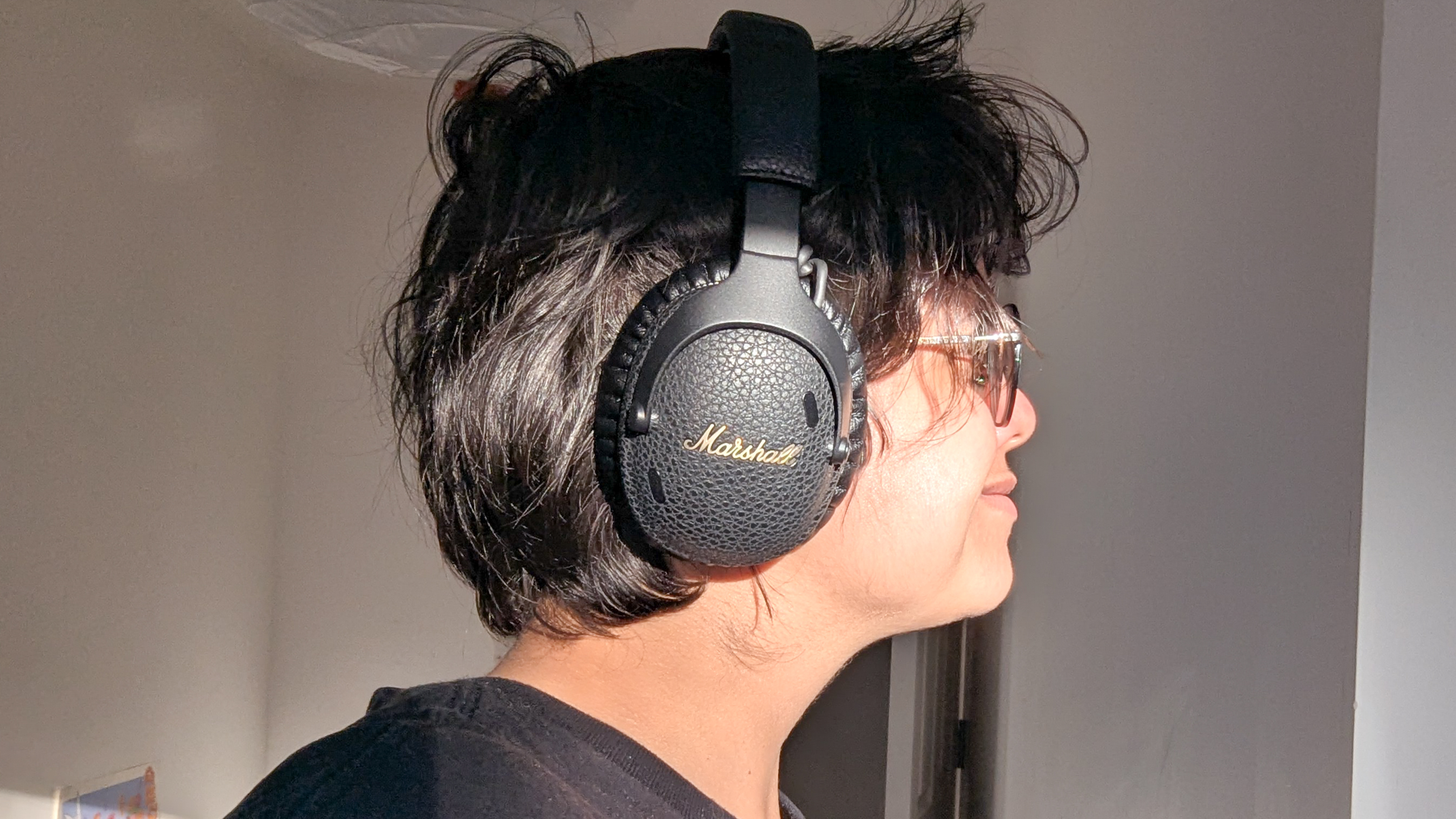Tom's Guide Verdict
The olliclop core lens set offers some great photo possibilities, but at the cost of losing some features on the iPhone 7 Plus and being slightly awkward to use.
Pros
- +
Works with front and back cameras
- +
Compatible with iPhone 7, 7 Plus
- +
Small, portable
Cons
- -
Can't use both rear cameras of the iPhone 7 Plus
- -
Too snug to work with most phone cases
Why you can trust Tom's Guide
When it comes to iPhone lens kits, olloclip is one of the more established brands, and its latest Core lens set for the iPhone 7 and 7 Plus lives up to the company's well-earned reputation.
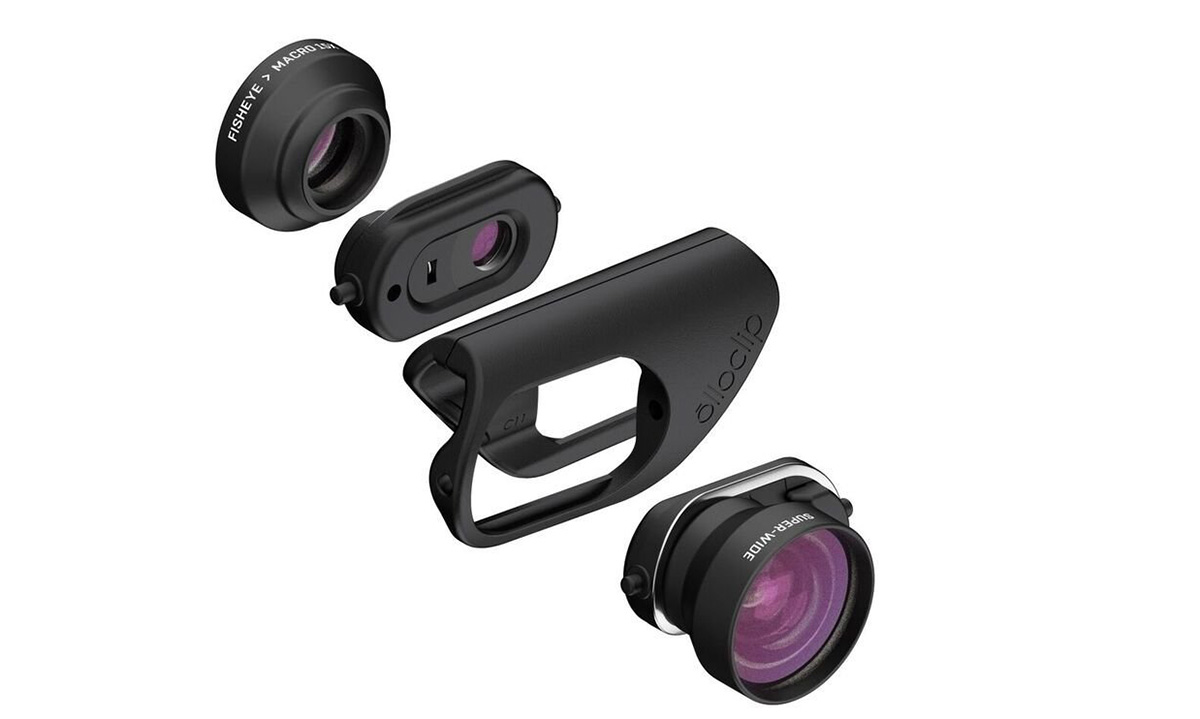
The olloclip Core lens set consists of three parts: the clip, the lenses and a stand. The clip fits onto the iPhone body (versions for the iPhone 7 and 7 Plus are included), and two lenses click into place in a cavity in this clip, holding them in place in front of the phone cameras.
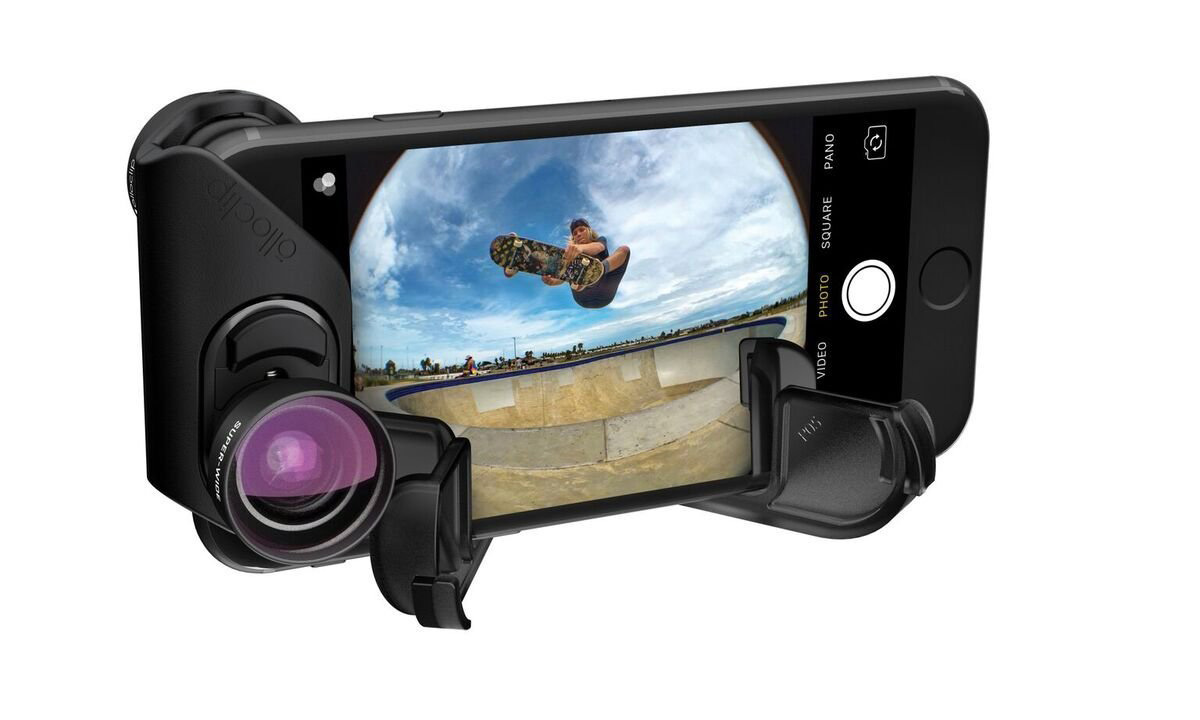
One neat trick here is that you can use both the front and back cameras, because the clip can hold one lens on either side of the camera body, over both the front and back cameras. The clip is reversible, too. The Core Lens Set includes a fish-eye lens and a super-wide lens, both of which increase the viewing angle of the iPhone camera.
MORE: Best Smartphones - Here Are the 10 Best Phones Available
The stand is a simple, but effective, foldout plastic stand that can hold the camera while you're shooting. When you aren't using the system, the clip can be attached to the stand, which can in turn be clipped onto a belt or key ring. This makes for a quite portable set of lenses.
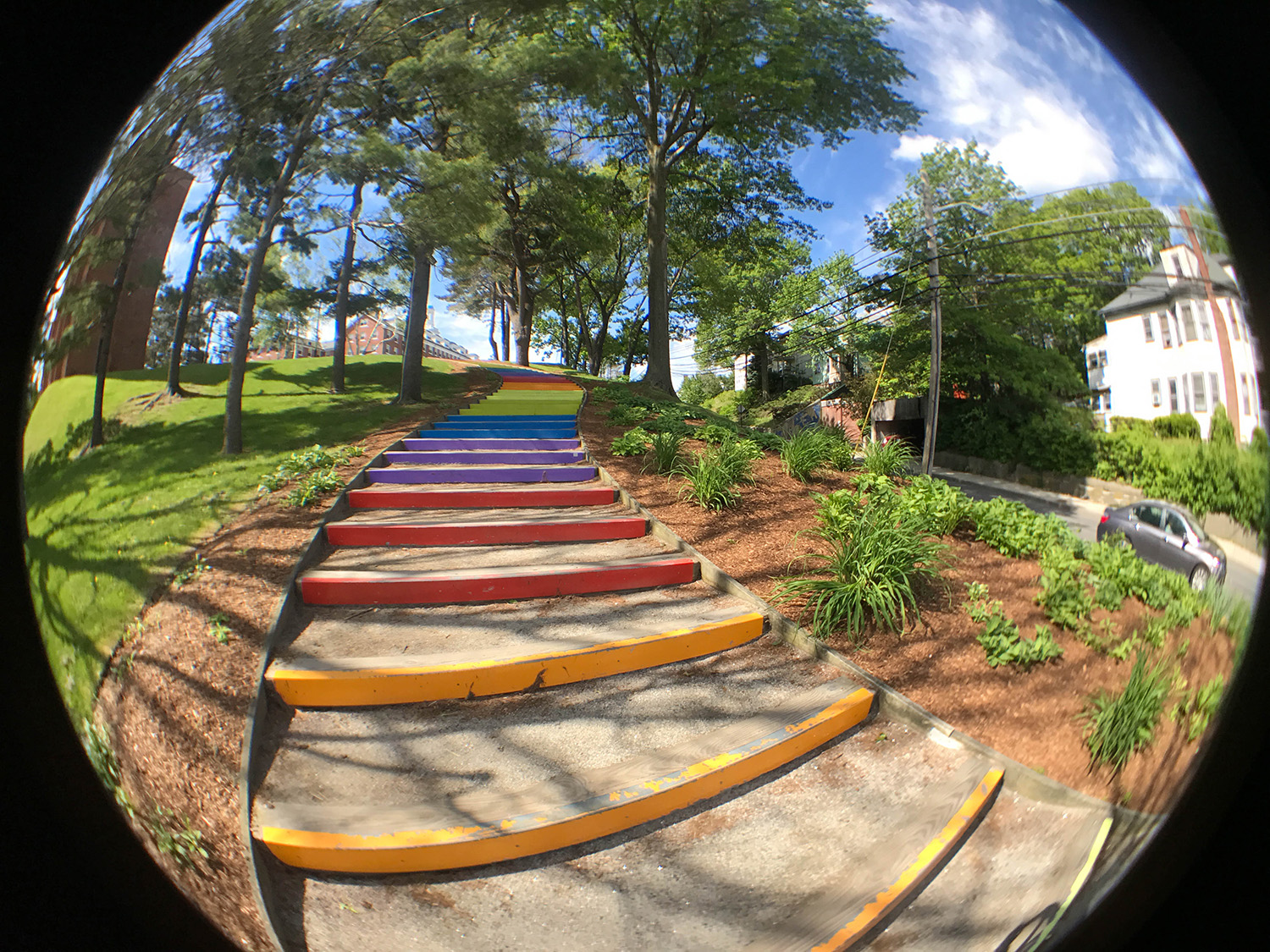
The fish-eye lens offers a clean, sharp fish-eye view that covers about 175 degrees; you often get a glimpse of your hand holding the iphone at the edge of the circular frame. If you unscrew the front of the fish-eye lens, it becomes a macro lens, offering a 15x magnification on the standard iPhone camera. This combination of camera and macro lens can focus on objects that are between 1 and 2 centimeters (about 0.4 to 0.8 inches) away from the front of the lens, so it can get very close to an object and capture a lot of detail.
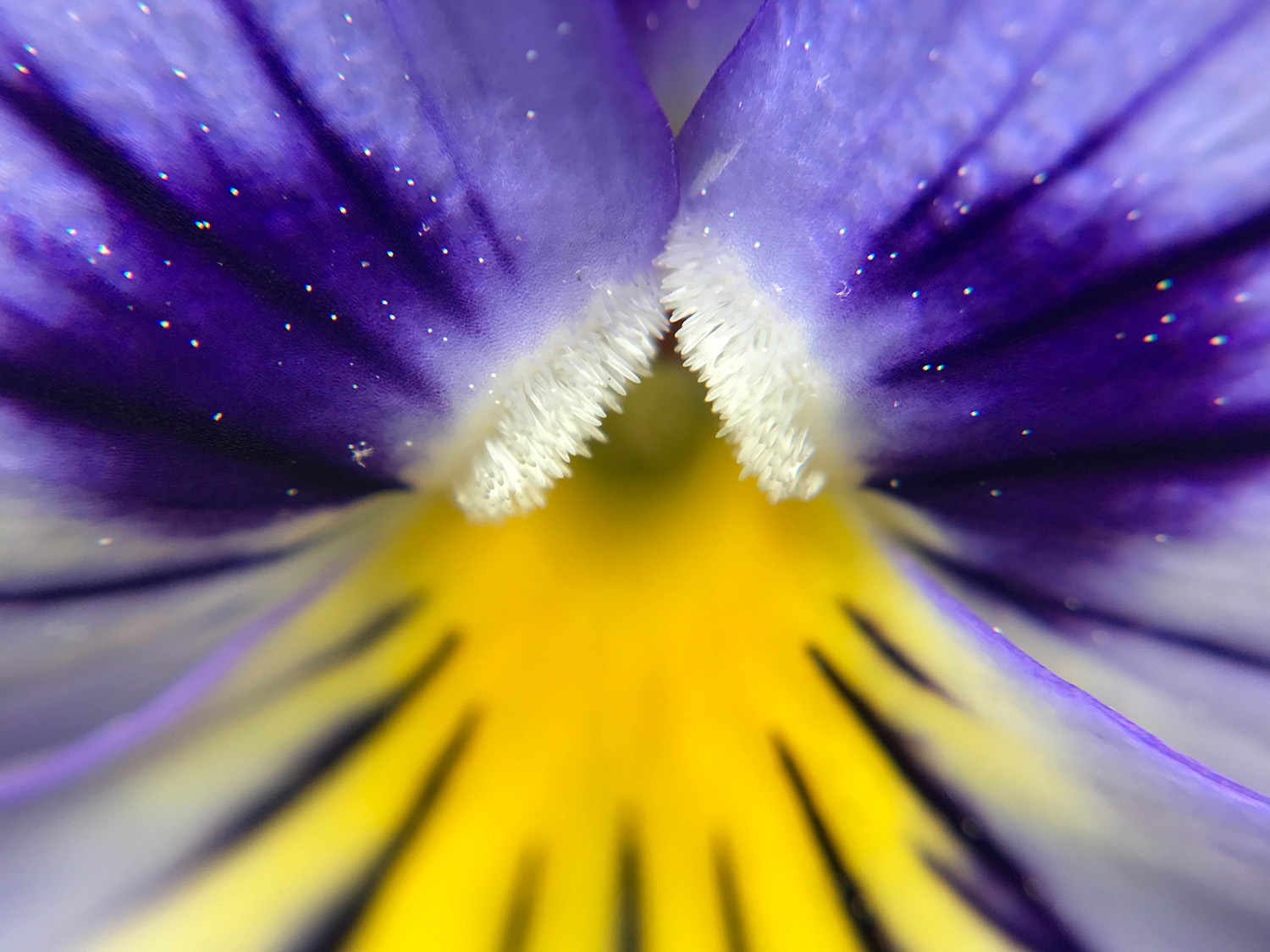
The super wide-angle lens increases the angle of view of the iPhone camera to about 120 degrees, which makes for compelling landscapes and group selfies.
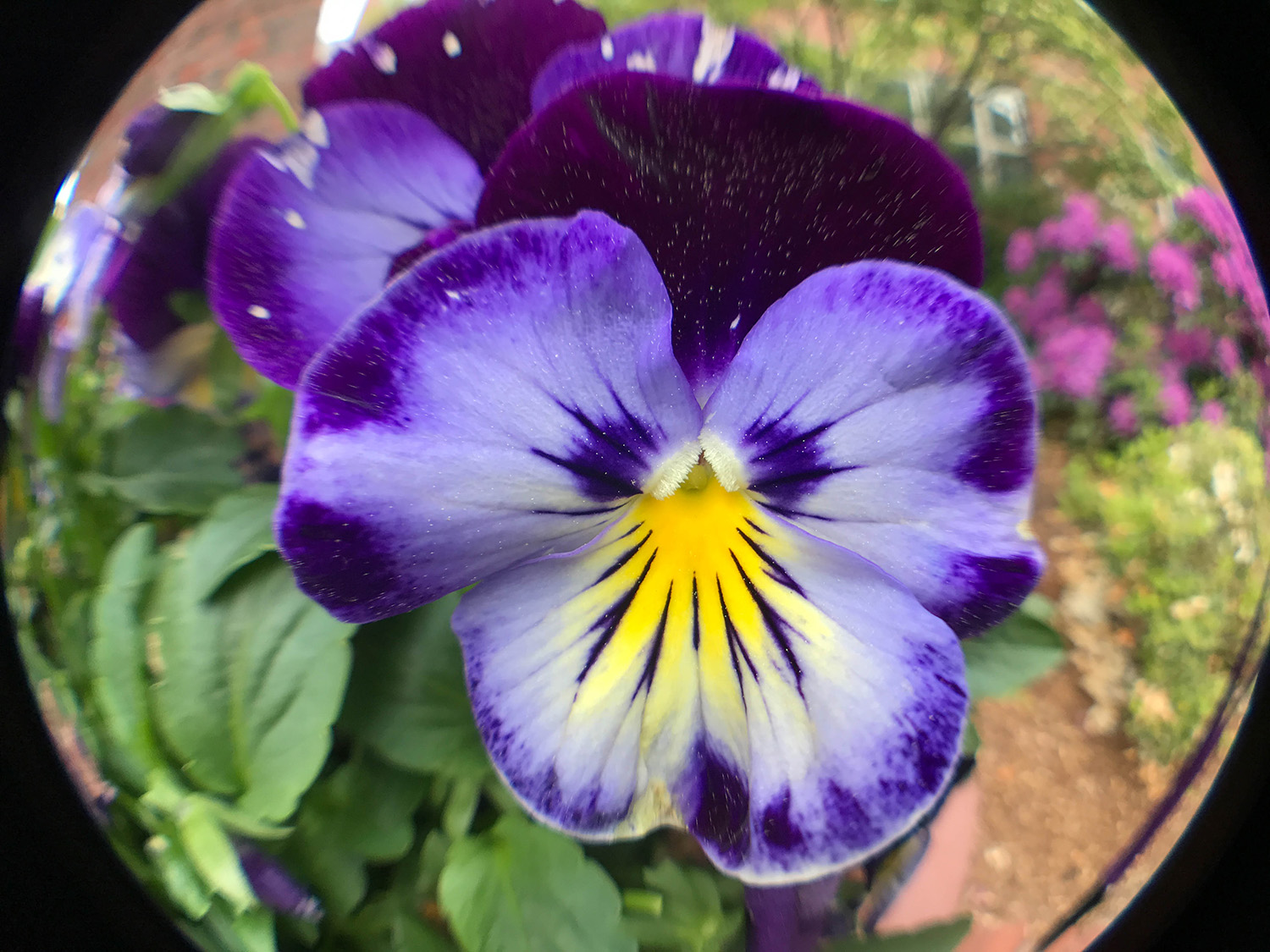
We found that the image quality of both lenses was good, with the bright, clean colors that the iPhone 7 camera can capture mostly unaffected. There is some loss of detail, though: The fish-eye lens did produce slightly soft images with some loss of sharp details and a slightly foggy overall look. The super-wide lens produced sharper images, but with a lot of aberration at the edges, making those edges look out of focus.
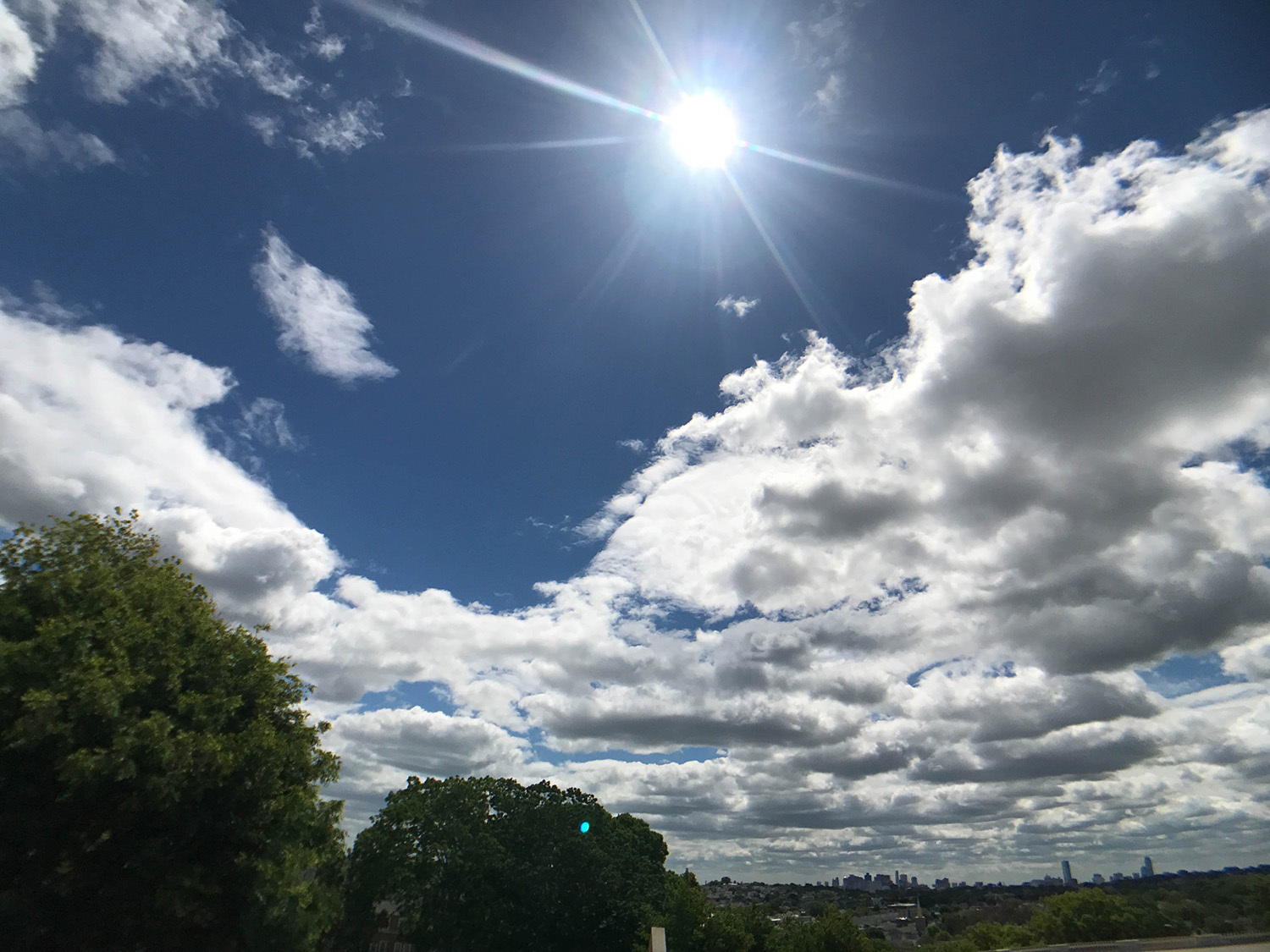
The olloclip has a few other issues as well. On an iPhone 7 Plus, the clip obscures one of the two front cameras, so you can't use both of them at the same time. That means that built-in iPhone 7 Plus features like the smart portrait and zoom won't work, or will work inconsistently, as the camera app tries to switch between the two lenses. You can remove and replace the lens to cover either camera, but the iPhone camera app doesn't let you switch from one camera to the other manually.

The clip also covers part of the screen on the iPhone 7 Plus, obscuring the icons and buttons that are at the very top of the screen in portrait orientation or on the left in landscape. The clip will not work with many iPhone cases, either; olloclip says the clip will work with cases and screen protectors that are less than 0.5mm thick, which rules out all but the thinnest of cases.
Bottom Line
olloclip's Core lens set is a great accessory for iPhone owners who want to get more out of their photos. People looking for a less expensive option should check out Kamerar's Zoom lens kit, which lets you use both rear cameras on the 7 Plus, but also requires a case. We like olloclip for its portability and quality.
Richard Baguley has been working as a technology writer and journalist since 1993. As well as contributing to Tom's Guide, he writes for Cnet, T3, Wired and many other publications.
